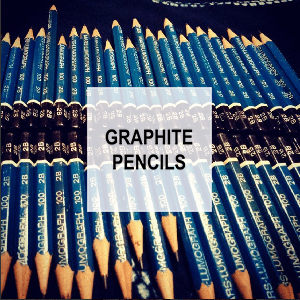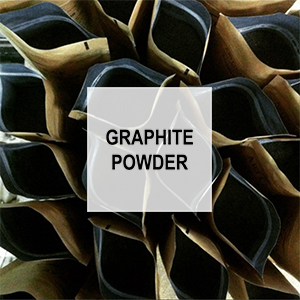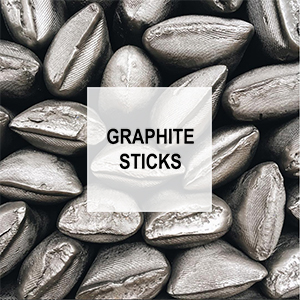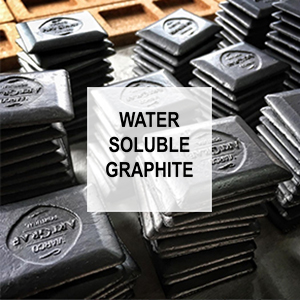GRAPHITE
BLANK
RAW MATERIALS & PIGMENTS
GILDING & RESTORATION MATERIALS
CURATORS CABINET
PAINTING
DRAWING & CALLIGRAPHY
BRUSHES & PALETTE KNIVES
- MINIATURE BRUSHES
- BRUSH ACCESSORIES
- BRUSH DISCOUNTS
- TRAVEL BRUSHES
- AFFORDABLE BRUSHES
- BRUSH SETS
- BRUSHES FOR ACRYLICS
- BRUSHES FOR OIL PAINTING
- BRUSHES FOR WATERCOLOUR
- SILVER BRUSH COMPANY BLACK VELVET
- FAN BRUSHES
- GESSO BRUSHES
- HAKE BRUSHES
- JAPANESE BRUSHES
- LETTERING BRUSHES
- MOTTLER BRUSHES
- PAINTING KNIVES
- PRINCETON CATALYST WEDGES
- SIGNWRITING BRUSHES
- VARNISH BRUSHES
MEDIUMS GROUNDS & VARNISH
CANVAS & SUPPORTS
PAPERS & PADS
- PAPER & PAD DISCOUNTS
- HANDMADE PAPERS
- PRINTMAKING PAPERS
- MASTERS CHOICE WATERCOLOUR BLOCKS
- ARCHES BLOCKS & PADS
- CALLIGRAPHY PAPER
- DRAWING & MULTIMEDIA PAPER
- GUMMED PADS
- JOURNALS & VISUAL DIARIES
- WATERCOLOUR POSTCARDS
- PAPER ROLLS
- PAPER SHEETS & PACKS
- PAPERS FOR PASTEL
- SPECIAL PURPOSE PAPERS
- WATERCOLOUR BLOCKS
- WATERCOLOUR PAPER
PASTELS
STUDIO
SHOP MENU
BLANK
RAW MATERIALS & PIGMENTS
GILDING & RESTORATION MATERIALS
CURATORS CABINET
PAINTING
DRAWING & CALLIGRAPHY
BRUSHES & PALETTE KNIVES
- MINIATURE BRUSHES
- BRUSH ACCESSORIES
- BRUSH DISCOUNTS
- TRAVEL BRUSHES
- AFFORDABLE BRUSHES
- BRUSH SETS
- BRUSHES FOR ACRYLICS
- BRUSHES FOR OIL PAINTING
- BRUSHES FOR WATERCOLOUR
- SILVER BRUSH COMPANY BLACK VELVET
- FAN BRUSHES
- GESSO BRUSHES
- HAKE BRUSHES
- JAPANESE BRUSHES
- LETTERING BRUSHES
- MOTTLER BRUSHES
- PAINTING KNIVES
- PRINCETON CATALYST WEDGES
- SIGNWRITING BRUSHES
- VARNISH BRUSHES
MEDIUMS GROUNDS & VARNISH
CANVAS & SUPPORTS
PAPERS & PADS
- PAPER & PAD DISCOUNTS
- HANDMADE PAPERS
- PRINTMAKING PAPERS
- MASTERS CHOICE WATERCOLOUR BLOCKS
- ARCHES BLOCKS & PADS
- CALLIGRAPHY PAPER
- DRAWING & MULTIMEDIA PAPER
- GUMMED PADS
- JOURNALS & VISUAL DIARIES
- WATERCOLOUR POSTCARDS
- PAPER ROLLS
- PAPER SHEETS & PACKS
- PAPERS FOR PASTEL
- SPECIAL PURPOSE PAPERS
- WATERCOLOUR BLOCKS
- WATERCOLOUR PAPER
PASTELS
STUDIO
Graphite is a form of carbon and is the main component of the core, or “lead”, in modern pencils, along with a binder like clay.
Even though we often refer to the pencil core as “lead”, real lead was never used as a writing material. The pencil core is actually called the “lead” because for a long time, graphite was thought to be a type of lead. However the paint coating pencils before the mid-20th century was lead-based. That’s no longer the case because, you know, lead poisoning.
The more binder in the graphite-to-binder mixture, the harder the pencil led will be, the thinner lines it will draw, and the lighter values it will be able to achieve.
Pencils with less binder and more graphite will be a lot softer, easier to blend, will draw thicker lines, and will allow you to achieve much darker values.
The hardness of pencil lead is indicated with a combination of letters and numbers. Most graphite pencil kits range from 2H or HB to 6B. The graphite grading scale is known as the HB scale. Most pencil manufacturers use this scale, using the letter “H” to indicate a hard pencil. Likewise, a pencil maker might use the letter “B” to designate the blackness of the pencil’s mark, indicating a softer lead. The letter “F” is also used to indicate that the pencil sharpens to a fine point. In reality however, there is no specific industry standard for the darkness of the mark to be left within the HB or any other hardness grade scale. Thus, a #2 or HB pencil from one brand will not necessarily leave the same mark as a #2 or HB pencil from another brand. Most pencil manufacturers set their own internal standards for graphite hardness grades and overall quality of the core, some differences are regional. In Japan, consumers tend to prefer softer darker leads; so an HB lead produced in Japan is generally softer and darker than an HB from European producers.
Finding what works best for your own artistic and writing needs is generally a matter of personal preference and experimentation with different brands of pencils.
Historically, pencil makers also use combinations of letters to tell us about the graphite — a pencil marked “HB” is hard and black, a pencil marked “HH” is very hard, and a pencil marked “BBB” is really, really black! Today, however, most pencils using the HB system are designated by a number such as 2B, 4B or 2H to indicate the degree of hardness. For example, a 4B would be softer than a 2B and a 3H harder than an H.
Some artists prefer to work with just two or three pencils in a single piece.
Graphite tends to work better on smooth paper and is more suited for smaller drawings or quick sketches. Because you’re working with a tool that has a very small mark-making surface, it’s hard to cover a lot of area smoothly.
You can get woodless graphite pencils, which are awesome, but you’re still confined to a fairly small mark making surface.
So try to work with pencils on paper that is A4 or smaller. Anything larger than that will just get frustrating and discouraging, and you will have a really hard time getting the texture just right.
Artgraf by Viarco has been a game changer for artists who prefer graphite because it allows for large fast work and is water soluble in addition to graphite putty and graphite powders.




